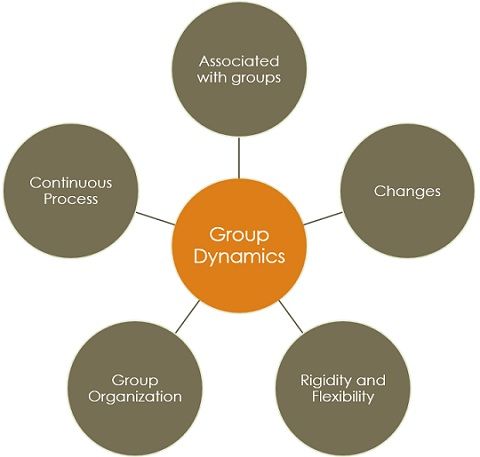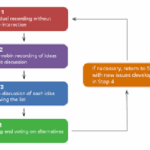Group dynamics refers to the study of the forces that shape interactions and behavior within a group. It is used in two distinct contexts:
-
Group Dynamics in Education: In this context, the term refers to various techniques and methods employed in youth and adult education to enhance self-perception and improve the perception of others within a group. These methods aim to foster positive group interactions and self-awareness, contributing to better communication, teamwork, and conflict resolution skills. Group dynamics training methods are often utilized in non-therapeutic settings to improve personal and social development.
-
Lewin’s Group Dynamics: The concept of group dynamics was initially introduced by psychologist Kurt Lewin, the founder of field theory. Lewin used the term to describe the “forces” that influence and cause changes within social groups. According to Lewin, these forces include both internal factors, such as group members’ behaviors and attitudes, and external factors, such as societal norms or situational pressures. Understanding these dynamics helps in comprehending how groups form, develop, and change over time.
In both contexts, group dynamics plays a crucial role in understanding how groups function, make decisions, and adapt to challenges. The study of these dynamics is essential for improving group effectiveness, whether in the workplace, education, or therapeutic settings.
« Back to Glossary Index





![15 Employee Offboarding Templates That Save Hours of HR Time [Free Downloads] 15 Employee Offboarding Templates That Save Hours of HR Time [Free Downloads]](https://i1.wp.com/www.hrcloud.com/hubfs/Header.png?w=150&resize=150,100&ssl=1)
